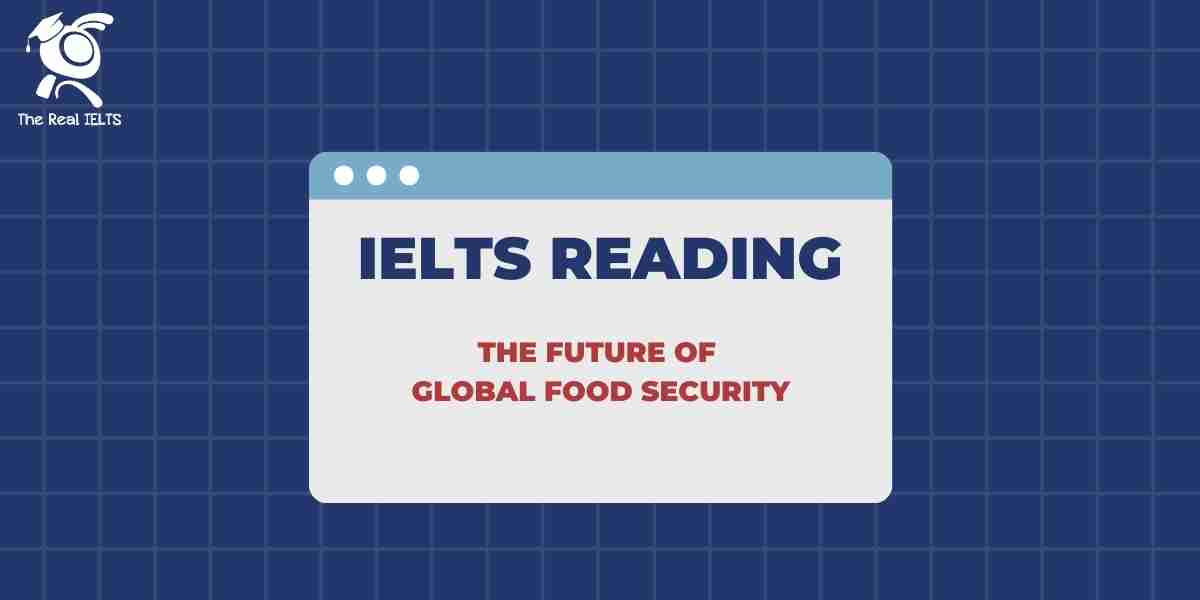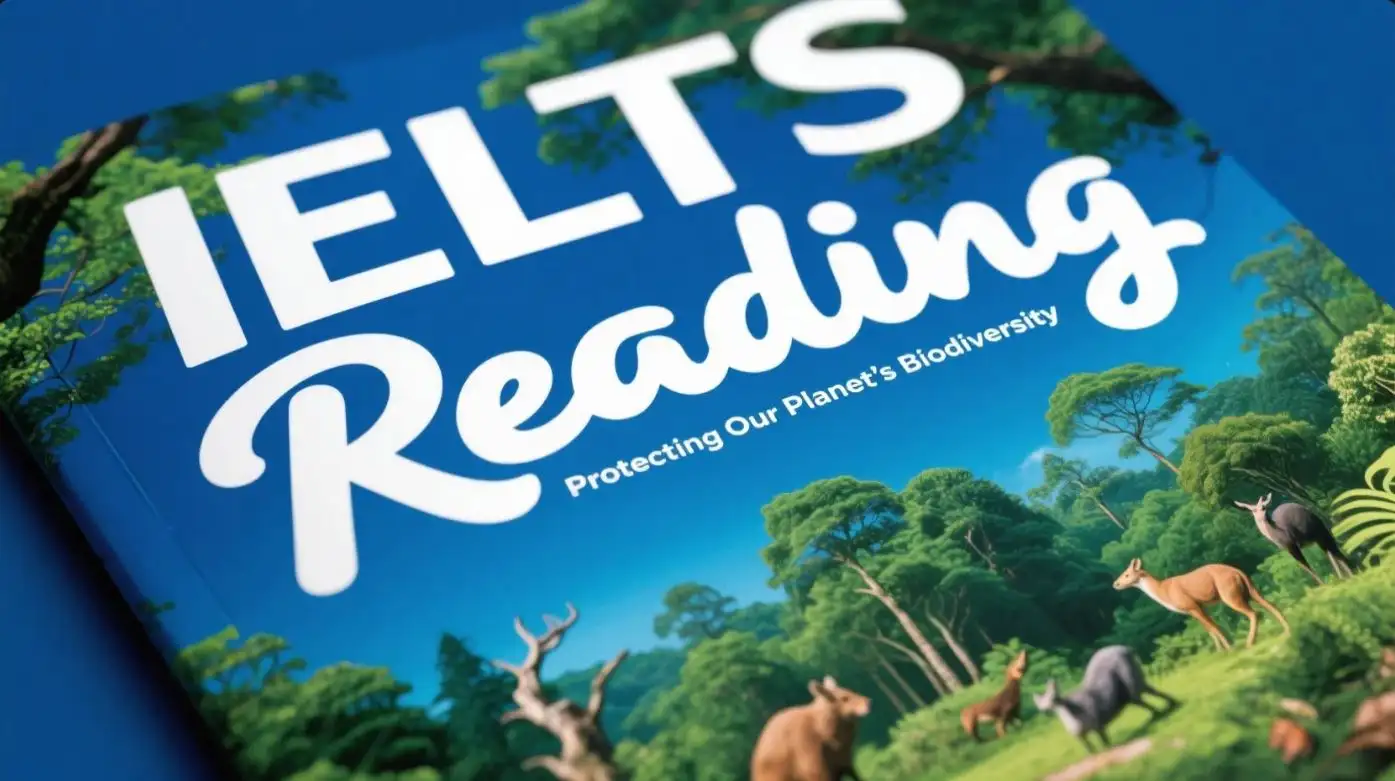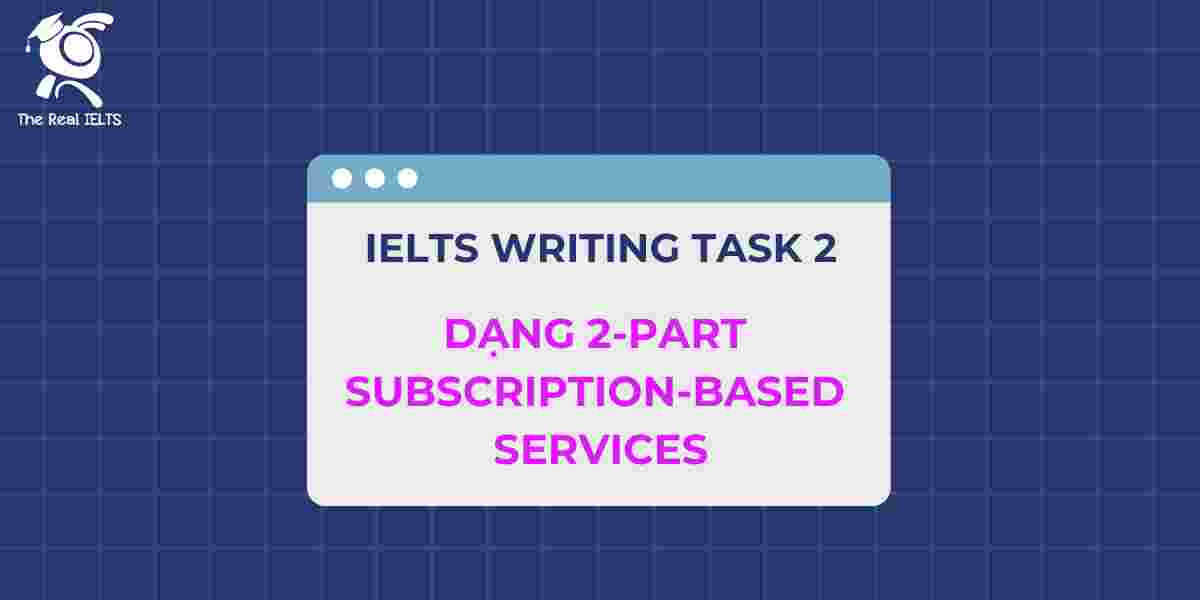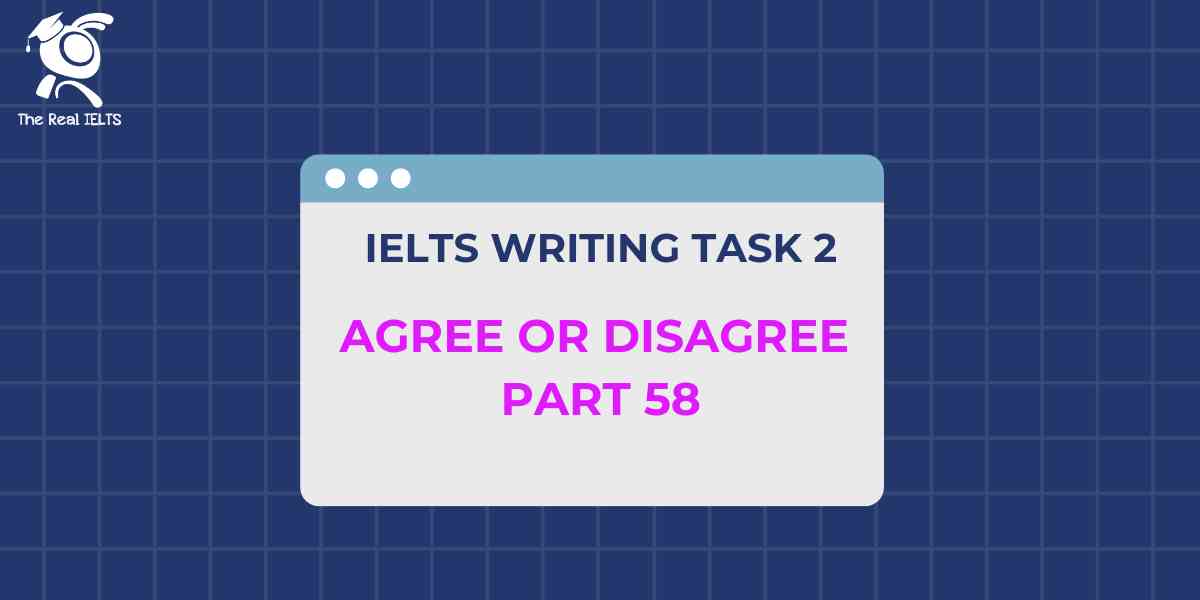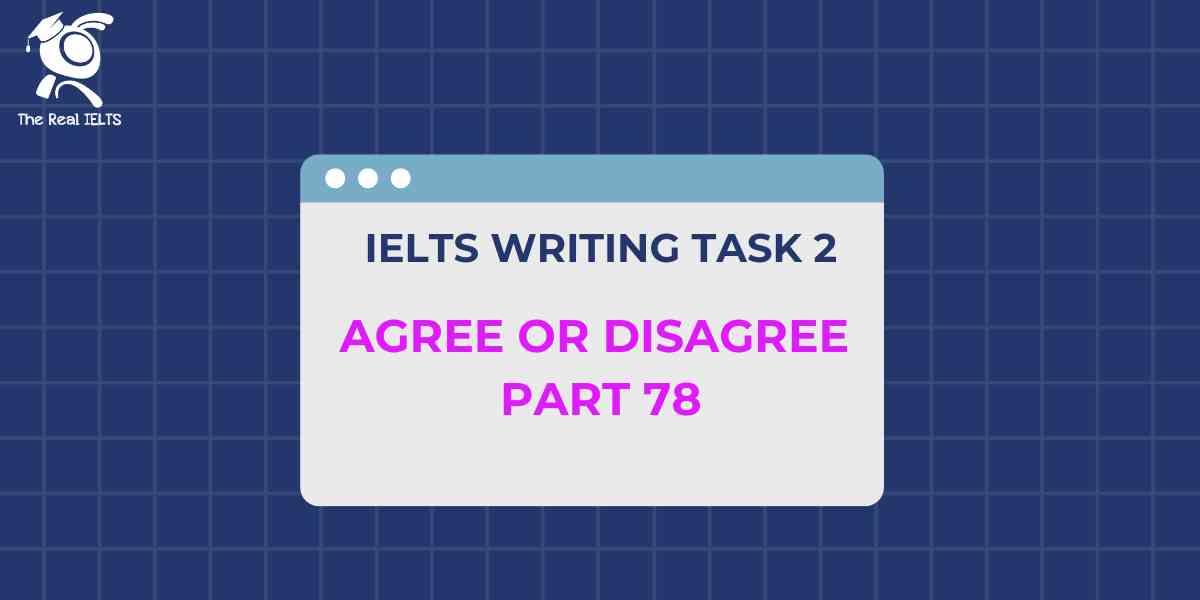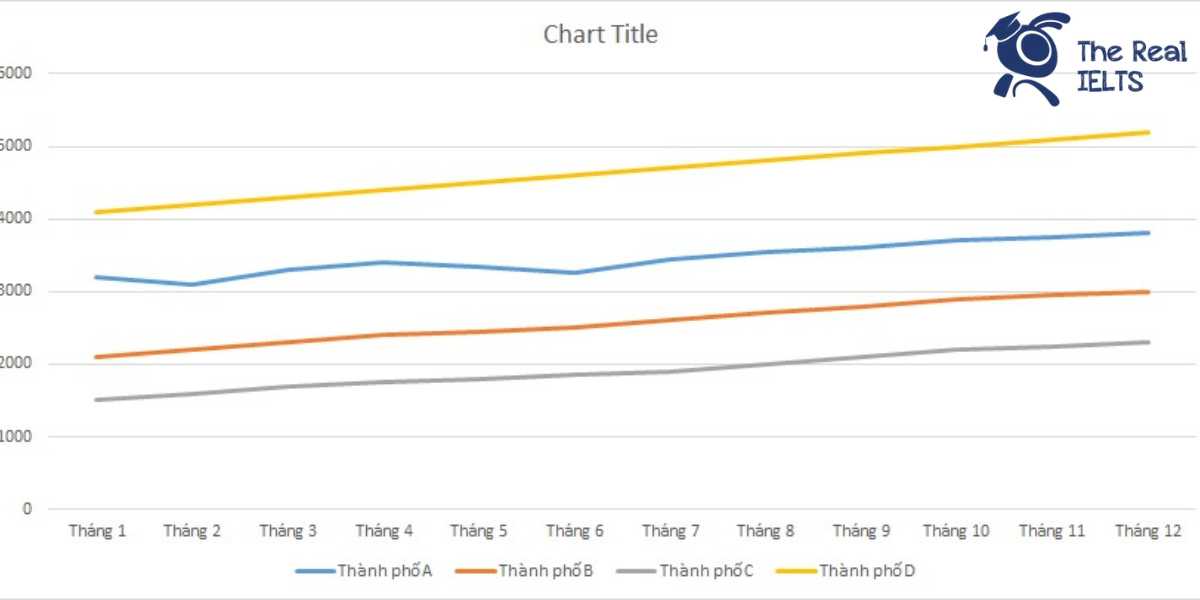Đề thi IELTS Reading có tiêu đề “The Future of Global Food Security”
Nhớ đọc thêm các bài luyện thi IELTS nhé.
IELTS Reading “The Future of Global Food Security“
The Future of Global Food Security
In the 21st century, global food security has become one of the most pressing concerns facing humanity. As the world’s population continues to grow, expected to reach nearly 10 billion by 2050, the demand for food is increasing at an unprecedented rate. Ensuring that every individual has access to sufficient, safe, and nutritious food is not only a matter of survival but also a key to achieving sustainable development. However, numerous challenges threaten the future of global food security, including climate change, resource scarcity, geopolitical instability, and the inefficiencies within current agricultural systems.
Challenges Facing Global Food Security
One of the most significant challenges to global food security is climate change. Rising temperatures, erratic weather patterns, and an increase in the frequency of extreme events such as floods and droughts are already affecting food production worldwide. These climate-related disruptions are particularly devastating in regions that are most dependent on agriculture, such as Sub-Saharan Africa and South Asia, where many of the world’s poorest and most vulnerable populations reside. In these areas, a bad harvest due to unexpected weather events can lead to famine, displacement, and long-term poverty.
Water scarcity also poses a serious threat to food production. Agriculture accounts for about 70% of global freshwater use, and in many regions, water resources are being depleted faster than they can be replenished. Over-irrigation, inefficient farming practices, and the pollution of water supplies are compounding the problem, making it difficult to sustain the large-scale agricultural production needed to feed a growing population. As water becomes scarcer, especially in arid and semi-arid regions, competition for this critical resource is expected to intensify, leading to potential conflicts and further instability.
Moreover, soil degradation is another pressing concern. Decades of intensive farming have depleted the nutrients in many soils, making them less productive. Practices such as monocropping, excessive use of chemical fertilizers, and deforestation have contributed to the decline in soil health. Restoring degraded lands is a slow and costly process, and without significant changes in agricultural practices, the amount of arable land available for food production will continue to shrink.
Technological Innovations and Sustainable Practices
Despite these challenges, technological advances and sustainable agricultural practices offer hope for the future of global food security. Precision farming, for example, is a technology-driven approach that uses data analytics, GPS mapping, and automated machinery to optimize the use of resources such as water, fertilizers, and pesticides. This can increase crop yields while minimizing environmental impact. Similarly, the development of drought-resistant and disease-resistant crop varieties through genetic engineering is helping to mitigate the effects of climate change on agriculture.
Vertical farming, an innovative method of growing crops in stacked layers in controlled indoor environments, is another promising solution. By using artificial lighting, hydroponic or aeroponic systems, and climate control, vertical farms can produce food year-round, regardless of external weather conditions. This method also requires significantly less water and land than traditional agriculture, making it a sustainable alternative in urban areas where space is limited.
In addition to technological innovations, there is a growing recognition of the need to adopt more sustainable and resilient agricultural practices. Agroecology, which integrates principles of ecology into farming, promotes practices such as crop rotation, polyculture, and the use of organic fertilizers to maintain soil health and biodiversity. These methods not only enhance productivity but also reduce the environmental footprint of farming.
The Role of Policy and Global Cooperation
However, technology alone will not solve the problem of global food security. Strong political will and international cooperation are essential to address the root causes of food insecurity and to ensure that technological advances are accessible to all, especially in developing countries. Governments must invest in agricultural research and development, provide support to smallholder farmers, and create policies that incentivize sustainable farming practices. Additionally, improving infrastructure in rural areas, such as roads and storage facilities, can reduce post-harvest losses and ensure that food reaches markets more efficiently.
Global trade also plays a crucial role in food security. Many countries rely on food imports to meet their domestic needs, and disruptions to trade, whether due to political tensions or natural disasters, can have a significant impact on food availability and prices. International cooperation is needed to create a more resilient global food system, with mechanisms in place to prevent trade barriers and ensure that food can move freely across borders during times of crisis.
Moreover, reducing food waste is a critical aspect of ensuring future food security. It is estimated that nearly one-third of all food produced globally is wasted, whether through loss during production and transport or through consumer waste. Efforts to reduce food waste, such as improving storage technologies, promoting better supply chain management, and encouraging consumers to reduce waste at home, can help to alleviate pressure on the global food system.
The Role of Consumer Behavior
Another important factor in the future of global food security is consumer behavior. As incomes rise, especially in emerging economies, there is a growing demand for resource-intensive foods such as meat and dairy products. Livestock farming is one of the most significant contributors to greenhouse gas emissions and requires large amounts of water and feed. Shifting towards more plant-based diets could reduce the environmental impact of food production and free up resources to feed more people.
In many parts of the world, efforts are underway to promote sustainable diets that are both healthier for individuals and better for the planet. Educational campaigns, government guidelines, and incentives for sustainable food choices are all tools that can encourage people to make more environmentally conscious decisions about what they eat. By embracing diets that rely more on plant-based foods and less on animal products, consumers can play a critical role in reducing the strain on global food resources.
Conclusion
The future of global food security is uncertain, but it is clear that both the challenges and the solutions are complex and multifaceted. Technological innovations, sustainable agricultural practices, and international cooperation will be crucial in meeting the growing demand for food in a changing world. At the same time, consumer behavior and policies that promote environmental sustainability will play a key role in shaping a more secure and equitable global food system. Ensuring food security for future generations will require a holistic approach that addresses not only the production of food but also its distribution, consumption, and environmental impact. By taking collective action now, it is possible to create a future where everyone has access to sufficient, nutritious, and sustainable food.
Đề bài thi IELTS Reading
Multiple Choice Questions
- What is expected to happen to the global population by 2050?
- A. Decrease by 2 billion
- B. Increase to 10 billion
- C. Stabilize at 8 billion
- D. Decrease to 6 billion
- Which region is most vulnerable to climate change’s impact on food security?
- A. Europe
- B. North America
- C. Sub-Saharan Africa
- D. Australia
- Which factor is NOT listed as a threat to global food security?
- A. Climate change
- B. Political corruption
- C. Water scarcity
- D. Soil degradation
- What percentage of global freshwater use is attributed to agriculture?
- A. 10%
- B. 30%
- C. 50%
- D. 70%
- Which of the following is a technological advancement helping food security?
- A. Monocropping
- B. Vertical farming
- C. Traditional irrigation systems
- D. Excessive use of fertilizers
- How does vertical farming contribute to sustainability?
- A. It uses more water than traditional farming
- B. It requires fewer pesticides
- C. It reduces transportation costs
- D. It depends on natural sunlight
- What is a major drawback of current agricultural practices according to the passage?
- A. Overuse of fertilizers
- B. Decreasing consumer demand
- C. Dependence on international trade
- D. Climate-independent farming
- What is the role of consumer behavior in food security, according to the passage?
- A. Increasing food waste
- B. Promoting more plant-based diets
- C. Encouraging higher meat consumption
- D. Ignoring the impact of climate change
- Which solution is suggested for addressing food waste?
- A. Government subsidies for farmers
- B. Building more trade barriers
- C. Better supply chain management
- D. Decreasing water usage in agriculture
- Which of the following technologies is mentioned as part of precision farming?
- A. Genetic engineering
- B. GPS mapping
- C. Hydroponic systems
- D. Organic fertilizers
True/False/Not Given Questions
- The global population is expected to reach 12 billion by 2050.
- True / False / Not Given
- Sub-Saharan Africa is the least affected by climate change in terms of food production.
- True / False / Not Given
- The development of drought-resistant crops has no impact on food security.
- True / False / Not Given
- Agriculture accounts for more than 70% of global freshwater usage.
- True / False / Not Given
- Vertical farming requires large amounts of arable land.
- True / False / Not Given
Yes/No/Not Given Questions
- The author believes that technological innovation alone can solve global food security issues.
- Yes / No / Not Given
- The author suggests that food trade between countries should be restricted.
- Yes / No / Not Given
- The passage supports the idea that meat consumption should be increased for better food security.
- Yes / No / Not Given
- The author advocates for a complete shift to agroecology in farming.
- Yes / No / Not Given
- Consumer behavior plays no role in solving food waste problems.
- Yes / No / Not Given
Matching Information
- Match the following challenges with the relevant paragraph:
- Climate change → ____
- Water scarcity → ____
- Soil degradation → ____
- Food waste → ____
- Match the solutions with the technologies or practices mentioned in the passage:
- Precision farming → ____
- Vertical farming → ____
- Genetic engineering → ____
- Agroecology → ____
Matching Headings
- Match the following headings to the appropriate paragraphs:
- The impact of climate change on food production
- The role of technology in food security
- The importance of water in agriculture
- How consumer behavior affects food security
Matching Features
- Match the following regions with their corresponding food security challenges:
- Sub-Saharan Africa → ____
- Urban areas → ____
- Developing countries → ____
- Arid regions → ____
Matching Sentence Endings
- The world’s population is expected to reach 10 billion by 2050, which will result in…
- A. lower demand for food.
- B. increased pressure on agriculture.
- C. more sustainable farming practices.
- D. decreased water usage in agriculture.
- Precision farming can improve efficiency by…
- A. reducing the amount of land used.
- B. using data analytics to optimize resources.
- C. replacing traditional farming methods entirely.
- D. eliminating the need for fertilizers.
- Vertical farming offers a solution to urban food production by…
- A. using fewer resources like land and water.
- B. allowing year-round crop production.
- C. relying heavily on natural sunlight.
- D. needing larger spaces to be effective.
Sentence Completion
- Global food security is threatened by climate change, which causes ____.
- (Fill in the blank)
- Soil degradation is mainly caused by practices such as ____.
- (Fill in the blank)
- International cooperation is necessary to prevent ____.
- (Fill in the blank)
Summary Completion
- Climate change and resource scarcity are two major issues threatening global food security. Agriculture is heavily dependent on ______ and water resources. Technological solutions, such as precision farming and ______, provide hope for future food production. However, global cooperation and _______ are needed to fully address these challenges.
- (Fill in the blank)
Short Answer Questions
- What is the projected global population by 2050?
- Name one region most affected by climate change’s impact on food security.
- What is the percentage of freshwater used by agriculture globally?
- How does vertical farming differ from traditional farming in terms of water usage?
- What is one key technology used in precision farming?
Diagram Label Completion
- Label the following parts of a vertical farm:
- Artificial lighting
- Hydroponic system
- Stacked layers
- Climate control
Flow-chart Completion
- Complete the following flow-chart summarizing solutions for food security:
- Climate change → ______ → Crop failure
- Water scarcity → ______ → Lower agricultural yields
- Technological innovation → ______ → Increased productivity
Short Answer Questions
- What is one way to reduce food waste according to the passage?
- What is one benefit of agroecology mentioned in the passage?
Đáp án bài thi IELTS Reading
Multiple Choice Questions
- B. Increase to 10 billion
- C. Sub-Saharan Africa
- B. Political corruption
- D. 70%
- B. Vertical farming
- B. It requires fewer pesticides
- A. Overuse of fertilizers
- B. Promoting more plant-based diets
- C. Better supply chain management
- B. GPS mapping
True/False/Not Given Questions
- False
- False
- False
- False
- False
Yes/No/Not Given Questions
- No
- No
- No
- Not Given
- No
Matching Information
- Climate change → Paragraph 2
- Water scarcity → Paragraph 2
- Soil degradation → Paragraph 2
- Food waste → Paragraph 6
- Precision farming → Paragraph 4
- Vertical farming → Paragraph 5
- Genetic engineering → Paragraph 4
- Agroecology → Paragraph 5
Matching Headings
- The impact of climate change on food production → Paragraph 2
- The role of technology in food security → Paragraph 4
- The importance of water in agriculture → Paragraph 2
- How consumer behavior affects food security → Paragraph 7
Matching Features
- Sub-Saharan Africa → Climate change
- Urban areas → Vertical farming
- Developing countries → Access to technology
- Arid regions → Water scarcity
Matching Sentence Endings
- B. increased pressure on agriculture.
- B. using data analytics to optimize resources.
- B. allowing year-round crop production.
Sentence Completion
- erratic weather patterns and extreme events.
- monocropping and excessive use of fertilizers.
- trade disruptions during times of crisis.
Summary Completion
- Climate change and resource scarcity are two major issues threatening global food security. Agriculture is heavily dependent on soil and water resources. Technological solutions, such as precision farming and vertical farming, provide hope for future food production. However, global cooperation and policy changes are needed to fully address these challenges.
Short Answer Questions
- 10 billion
- Sub-Saharan Africa
- 70%
- It uses significantly less water.
- GPS mapping
Diagram Label Completion
- Artificial lighting
- Hydroponic system
- Stacked layers
- Climate control
Flow-chart Completion
- Climate change → erratic weather → Crop failure
- Water scarcity → over-irrigation → Lower agricultural yields
- Technological innovation → precision farming → Increased productivity
Short Answer Questions
- Better supply chain management
- Maintaining soil health and biodiversity
Luyện tập bài khác ở bài viết:”100 bài luyện IELTS Reading 2024 – 2025“


